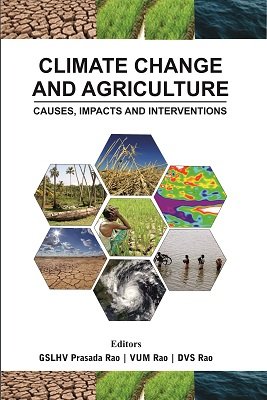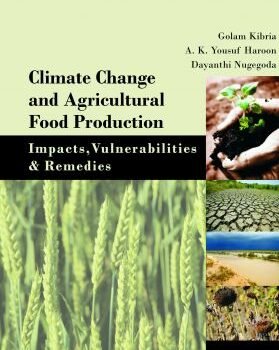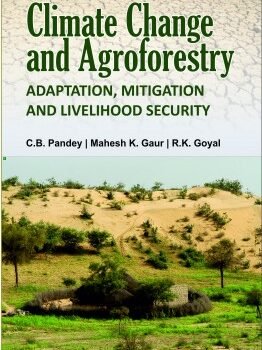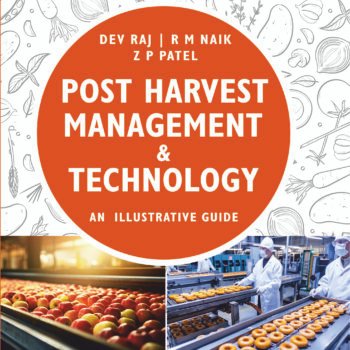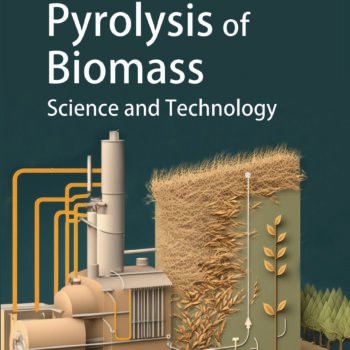| Climate change is a gradual phenomenon that takes millions of years to occur and has made the Earth habitable for living beings. It is a global issue that affects various regions, including the United States, Canada, and Texas, where droughts and floods are common. Climate change poses a threat to agriculture, making it difficult to predict its impact on various systems.
Agroforestry is a sustainable land use practice that increases diversity in agricultural lands, providing ecological and production services that enhance resilience to the impact of climate change mitigation and adaptation. Agroforestry offers a way to manage the risk of climate change in annual cropping systems by providing crop diversification and increased resource use efficiency. Deep-rooted trees in agroforestry systems help access nutrients and water during droughts, allowing for better use of resources. Agroforestry practices increase soil porosity, reduce runoff, and increase soil cover, which enhance water infiltration and reduce moisture stress during low rainfall periods. During periods of excessive soil moisture, tree-based systems help aerate the soil by pumping out excess water, offering economic benefits. The book Agroforestry in India: Opportunities, Constraints, and Strategies for Sustainable Land Use" contains 36 chapters that focus on agroforestry practices in India and their role in climate change mitigation and adaptation. |
Related products
Idd Complete Books Set (Hindi) by Aradhana Mataniya
(0 Reviews)
HOW TO STOP WORRYING & START LIVING By. Dale Carnegie
(0 Reviews)
THE RICHEST MAN IN BABYLON By. GEORGE S. CALSON
(0 Reviews)
"ANIMAL FARM By. George Orwell"
(0 Reviews)
D.Ed Special Education Idd Full Course Set (12 Books) by Shikha Pokhriyal
(0 Reviews)
AS A MAN THINKETH By. JAMES ALLEN
(0 Reviews)
Idd Complete Books Set (Hindi) by Aradhana Mataniya
(0 Reviews)
HOW TO STOP WORRYING & START LIVING By. Dale Carnegie
(0 Reviews)
THE RICHEST MAN IN BABYLON By. GEORGE S. CALSON
(0 Reviews)
"ANIMAL FARM By. George Orwell"
(0 Reviews)
D.Ed Special Education Idd Full Course Set (12 Books) by Shikha Pokhriyal
(0 Reviews)
AS A MAN THINKETH By. JAMES ALLEN
(0 Reviews)
Idd Complete Books Set (Hindi) by Aradhana Mataniya
(0 Reviews)
HOW TO STOP WORRYING & START LIVING By. Dale Carnegie
(0 Reviews)
THE RICHEST MAN IN BABYLON By. GEORGE S. CALSON
(0 Reviews)
"ANIMAL FARM By. George Orwell"
(0 Reviews)

